Content Menu
● Introduction to Custom Playing Cards
● Purpose and Theme
● Size and Shape
● Designing Custom Playing Cards
● Design Elements
● Current Trends in Card Game Design
● Futuristic Aesthetics
● Immersive Fantasy Realism
● Modular and Interactive Cards
● Minimalism and Iconography
● Manufacturing Process
● Uses of Custom Playing Cards
● Educational Use
● Artistic Expression
● Challenges and Opportunities
● Cost and Production Time
● Market Competition
● Sustainability
● Future of Custom Playing Cards
● Integration with Digital Platforms
● Augmented Reality (AR) Integration
● Eco-Friendly Materials
● Frequently Asked Questions
Custom playing cards have become increasingly popular as they offer a unique way to personalize and enhance the gaming experience. Whether you're looking to create a themed deck for a special occasion or design a new game, custom cards provide endless possibilities. In this article, we'll explore the process of designing and manufacturing custom playing cards, current trends in card game design, and how these cards can be used in various settings.
Introduction to Custom Playing Cards
Custom playing cards allow you to express your creativity and tailor the cards to your specific needs. They can be used for classic parlor games, board games, or even as unique gifts. The process begins with identifying the purpose and theme of the cards, which dictates their design, size, and shape.
Purpose and Theme
The first step in creating custom playing cards is to determine their purpose. Will they be used for a family game night, a professional poker tournament, or perhaps as a marketing tool? The intended use will guide the design process, ensuring that the cards are both functional and visually appealing.
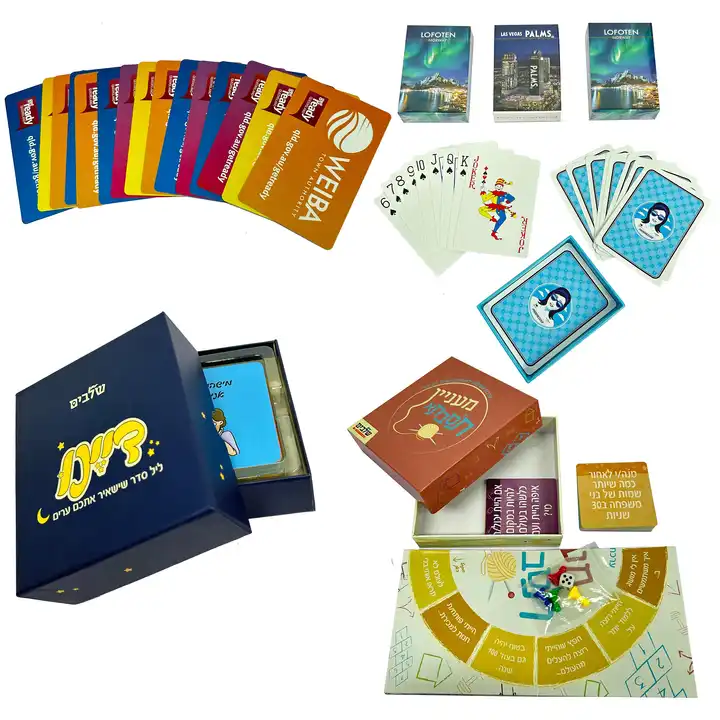
Size and Shape
Custom playing cards can be made in various sizes and shapes. Standard poker cards measure 2.5 inches x 3.5 inches, but you can opt for larger or smaller sizes depending on your needs. The shape can also be customized, allowing for unique designs that stand out from traditional rectangular cards.
Designing Custom Playing Cards
Once you have decided on the purpose, size, and shape of your cards, it's time to start designing. This involves brainstorming ideas, sketching potential designs, and using software like Adobe Photoshop or Illustrator to create digital versions of your cards.
Design Elements
Images and Text: Add inspirational messages, images, or promotional text to make your cards unique.
Backgrounds and Fonts: Experiment with different backgrounds, fonts, and edges to match your theme.
Custom Tuck Boxes: Design packaging that complements your card design.
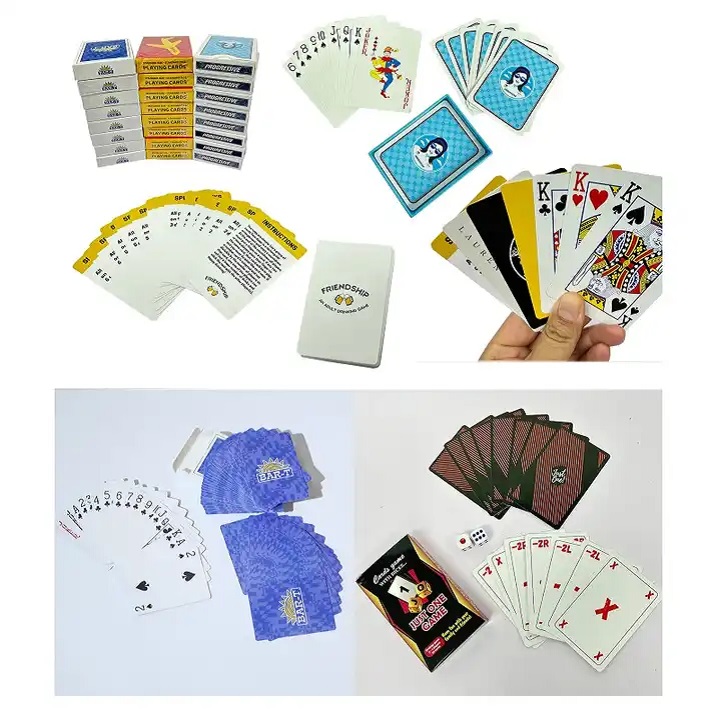
Current Trends in Card Game Design
In 2025, several trends are shaping the card game industry:
Futuristic Aesthetics
Futuristic themes, inspired by cyberpunk and neon elements, are gaining popularity. These designs often feature holographic foil, metallic inks, and vibrant neon colors.
Immersive Fantasy Realism
Nature and mythology-inspired designs are also trending, offering immersive experiences with detailed illustrations and storytelling.
Modular and Interactive Cards
Techniques like die-cutting and QR code printing allow for interactive elements, enhancing gameplay by integrating physical and digital components.
Minimalism and Iconography
Minimalist designs focus on clear icons and straightforward text, making gameplay quicker and more intuitive.

Manufacturing Process
The manufacturing process involves several steps:
Design and Plate-Making: Creating the design for the front and back of the cards.
Material Preparation: Preparing the cardstock and any special materials like holographic foil.
Printing: Printing the designs onto the cards.
Embossing: Adding texture or patterns to the cards.
Glazing: Applying a protective coating to enhance durability.
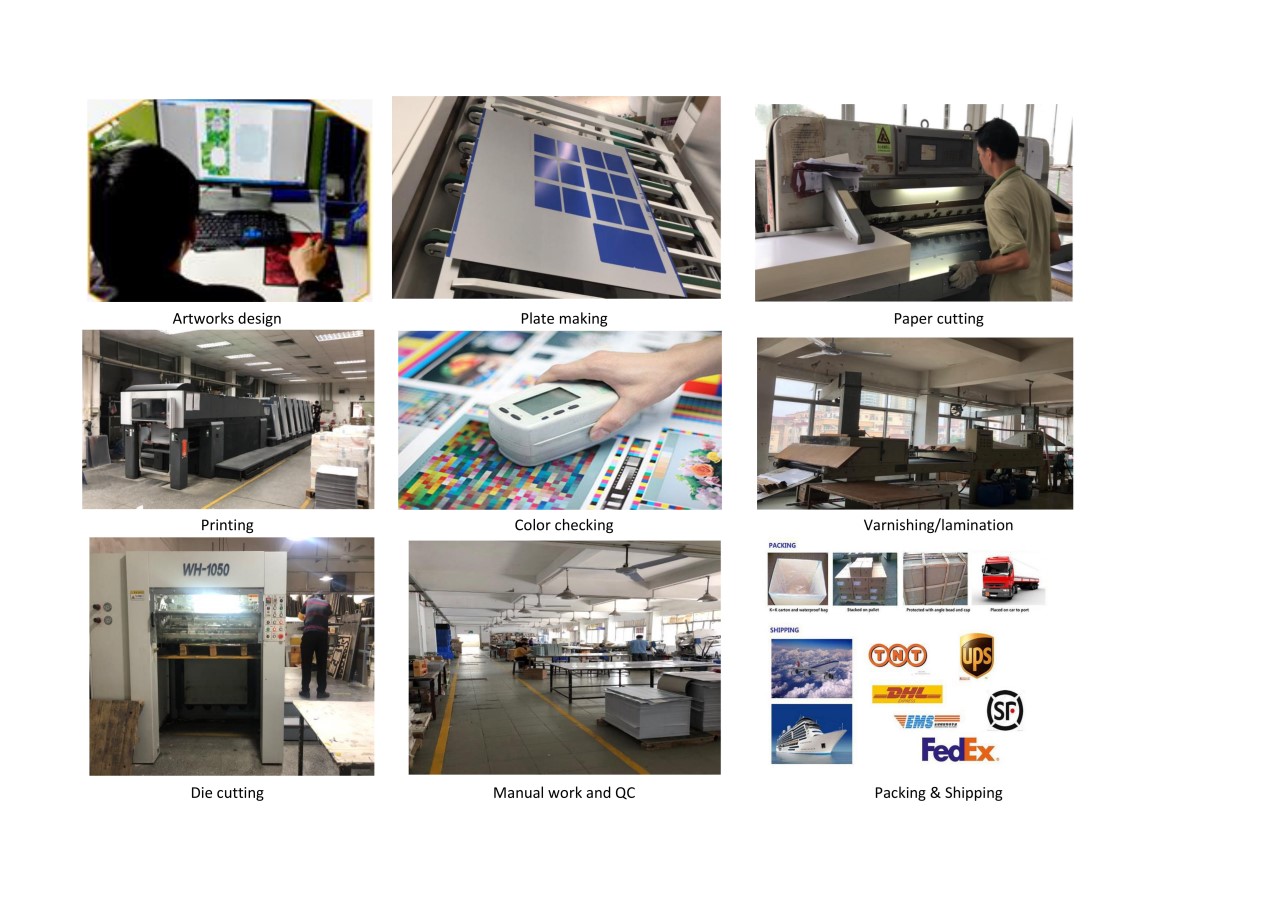
Uses of Custom Playing Cards
Custom playing cards are versatile and can be used in various settings:
Game Nights: Personalize your family game nights with themed cards.
Gifts: Create unique gifts for friends and family.
Marketing: Use custom cards as promotional items for businesses.
Educational Use
Custom cards can also be used in educational settings to create interactive learning tools. For example, they can be designed to teach historical events, scientific concepts, or languages in an engaging way.
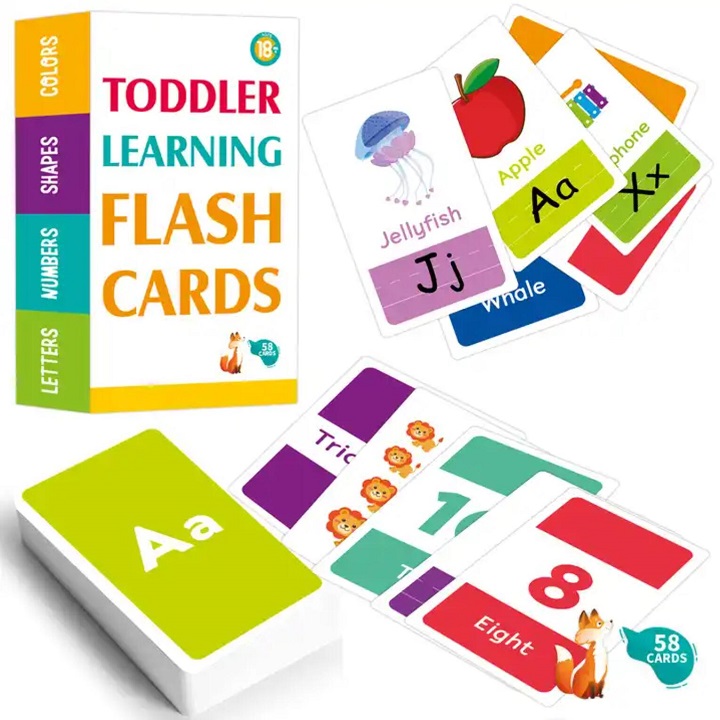
Artistic Expression
Artists can use custom cards as a medium for their work, creating limited edition decks that showcase their unique style and creativity.
Challenges and Opportunities
While custom playing cards offer many opportunities, there are also challenges to consider:
Cost and Production Time
Custom cards can be more expensive than standard decks, and production times may vary depending on the complexity of the design and the quantity ordered.
Market Competition
The market for custom cards is growing, which means there is increasing competition. To stand out, it's essential to create unique and high-quality designs.
Sustainability
As consumers become more environmentally conscious, there is a growing demand for sustainable materials and production methods. Manufacturers must adapt to these trends to remain competitive.
Future of Custom Playing Cards
Looking ahead, custom playing cards are likely to continue evolving with advancements in technology and design. Integration with digital platforms, augmented reality, and eco-friendly materials will play significant roles in shaping the future of the industry.
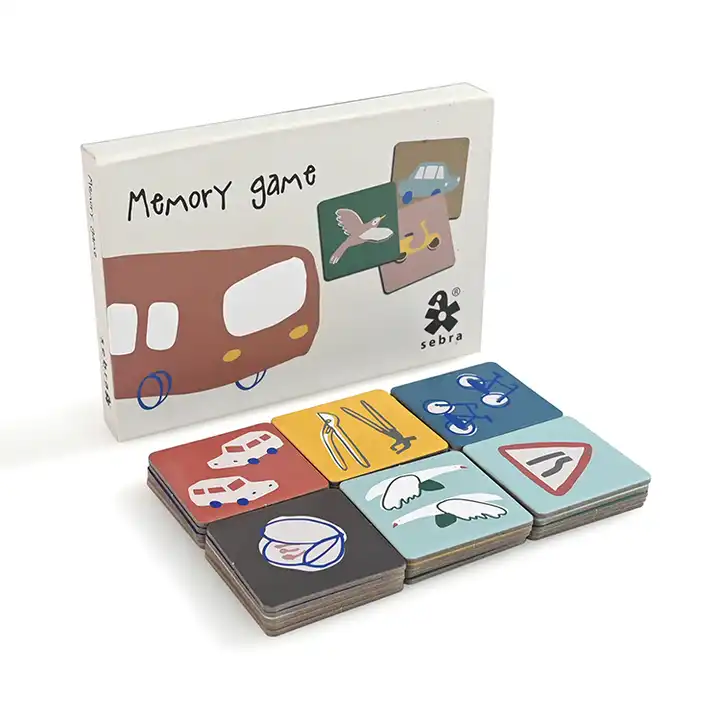
Integration with Digital Platforms
The integration of custom cards with digital platforms will allow for new interactive experiences. Players can scan cards to unlock digital content, enhancing gameplay and engagement.
Augmented Reality (AR) Integration
AR technology can bring custom cards to life, allowing players to interact with virtual objects and environments. This will revolutionize how games are played and experienced.
Eco-Friendly Materials
As sustainability becomes more important, manufacturers will focus on using eco-friendly materials and reducing waste in the production process.
Frequently Asked Questions
Q: How do I start designing custom playing cards?
A: Begin by identifying the purpose and theme of your cards. Then, sketch your ideas and use design software to create digital versions.
Q: What sizes can custom playing cards be?
A: Custom cards can be made in any size, from mini to giant, depending on your needs.
Q: What materials are used for custom playing cards?
A: Typically, high-quality cardstock is used, often with a linen texture and plastic coating for durability.
Q: Can I add interactive elements to my custom cards?
A: Yes, techniques like die-cutting and QR code printing allow for interactive features.
Q: How long does it take to manufacture custom playing cards?
A: The manufacturing time varies depending on the complexity of the design and the quantity ordered.



































